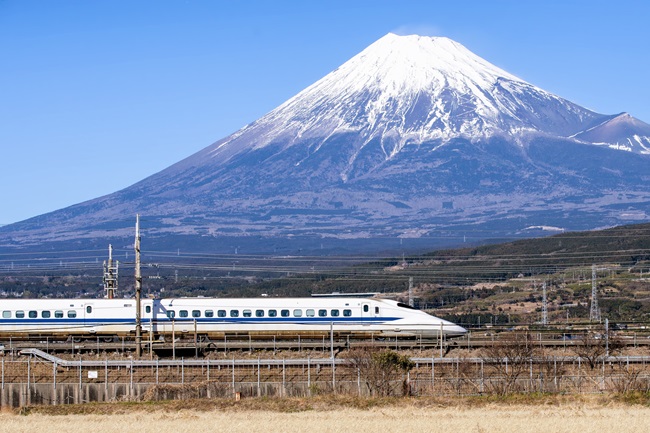Apr 14, 2025
Apr 14, 2025
Nature's Indelible Imprint on Technology & Design
Have you ever looked at a sleek, high-speed train and seen the hint of a bird's beak? Or have you gazed at an architectural masterpiece and seen reflections of a termite mound? Perhaps not, but the reality is, many of our technological and architectural advancements are intricately intertwined with the genius that nature has spent millennia perfecting.
This practice of deriving inspiration from nature to innovate and solve human problems is known as ‘biomimicry.’ It's not a new idea, but rather as old as humanity itself. However, its potential has only started to be fully recognized and exploited in the recent past.

Take, for instance, the example of Japan's Shinkansen Bullet Train. Engineers faced a significant challenge when the high-speed train emerged from tunnels – it created a loud boom that disrupted local communities. The solution came in an unexpected form: the kingfisher bird. Known for its high-speed, splash-less dive into the water, the bird's beak became the inspiration for re-designing the train's nose, successfully reducing the noise and also improving the train's efficiency.
But biomimicry's influence doesn't stop with transportation technology. It also extends to the realm of architecture. For instance, the Eastgate Centre in Harare, Zimbabwe, a building designed to mimic the cooling efficiency of termite mounds, uses 90% less energy for ventilation than conventional buildings of the same size.
Another enchanting example lies in the field of robotics. The seemingly simple act of a gecko climbing a wall has provided insights into creating robots that can adhere to and traverse different surfaces, which might be useful in search and rescue missions, space exploration, and more.
Nature also inspires the field of materials science. The iridescence of butterfly wings has led to the development of paints and fabrics that change color without the use of pigments or dyes. Similarly, the resilience of spider silk has inspired the creation of tough, yet lightweight materials.
While we revel in our technological progress and architectural grandeur, are we perhaps, in essence, learning to mimic the ancient wisdom of the natural world? Is our journey of advancement a pathway leading back to the roots embedded deep in the heart of nature?
As we move forward, one has to wonder: What other secrets does nature hold, patiently waiting for us to uncover? What new technological marvel or architectural wonder will be inspired by a simple leaf, a rushing river, or a soaring bird?
In our quest for a better future, could the answers we seek be whispering to us on the rustling wind, in the rustling leaves, or in the delicate patterns of butterfly wings? Only time, and our willingness to listen, will tell.
Image (c) istock.com
08-Jun-2024
More by : P. Mohan Chandran